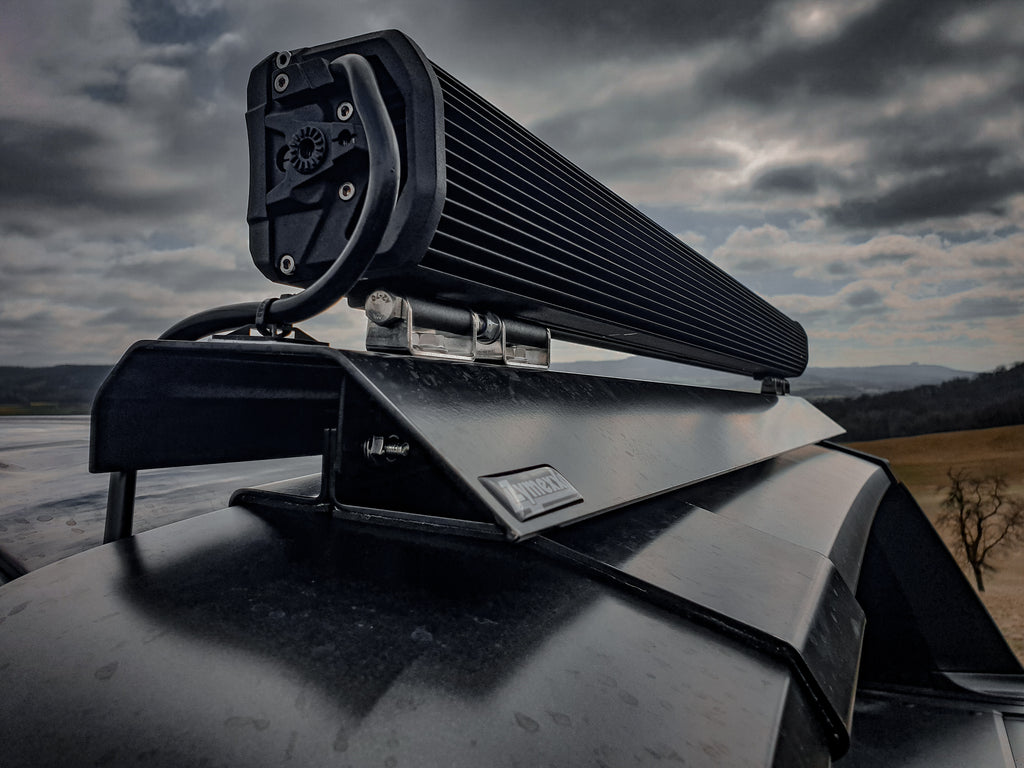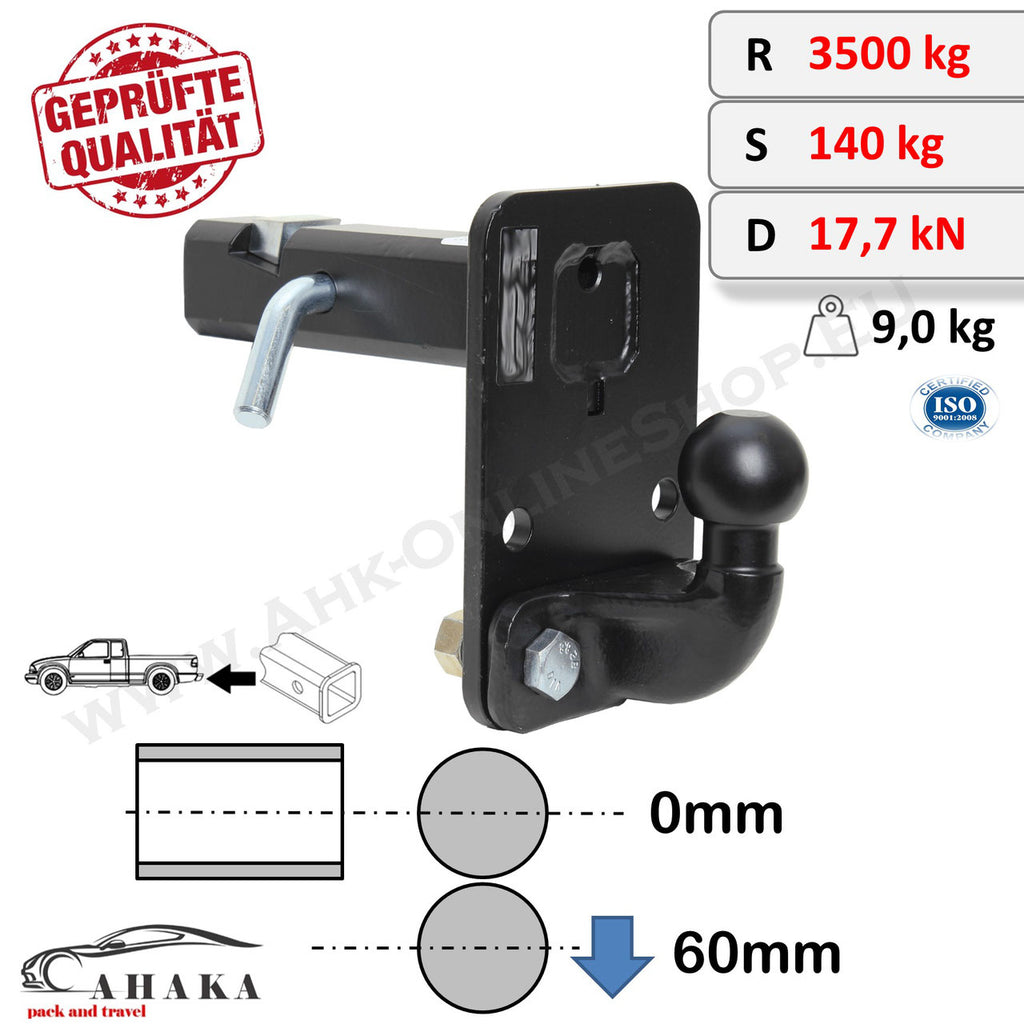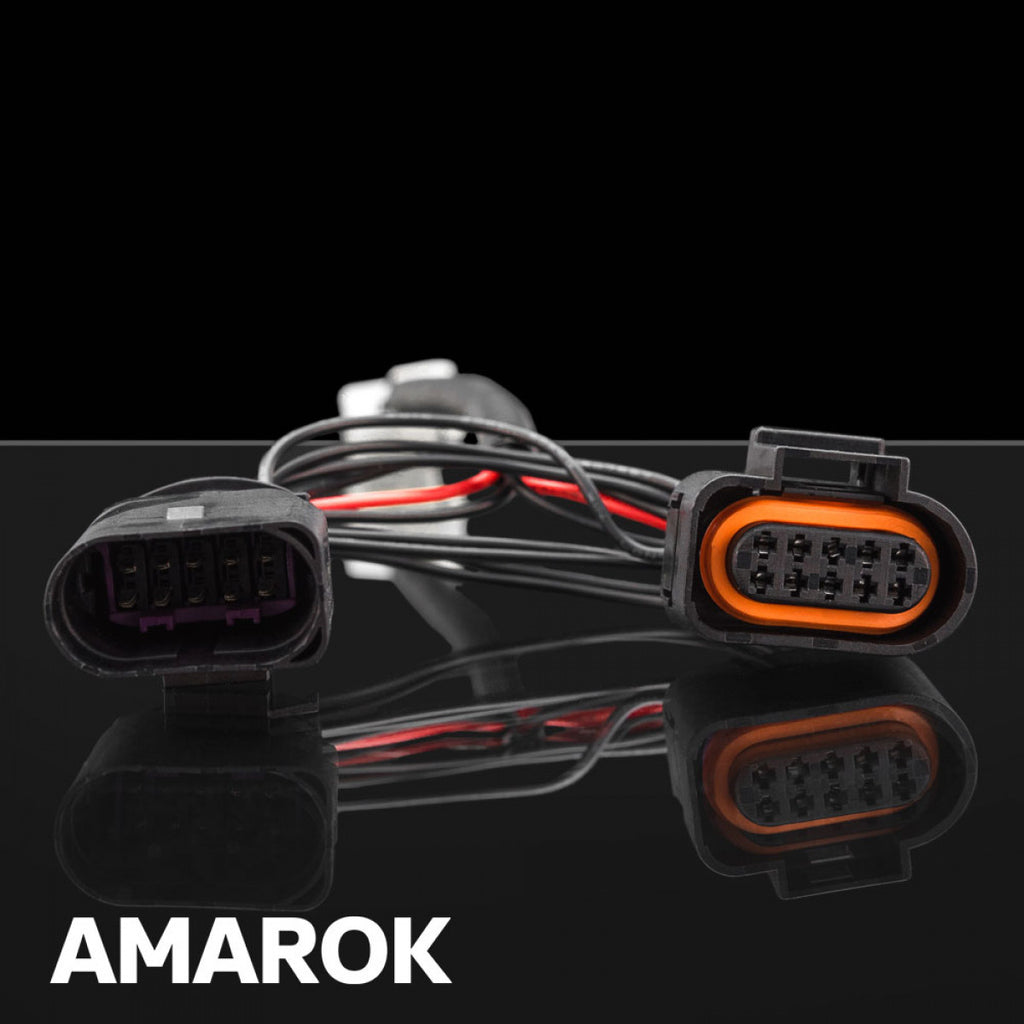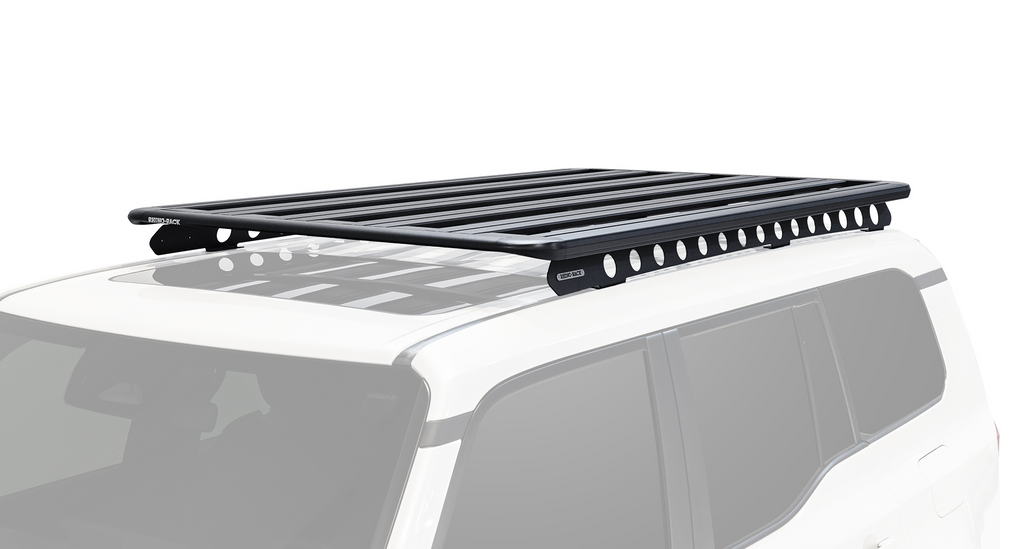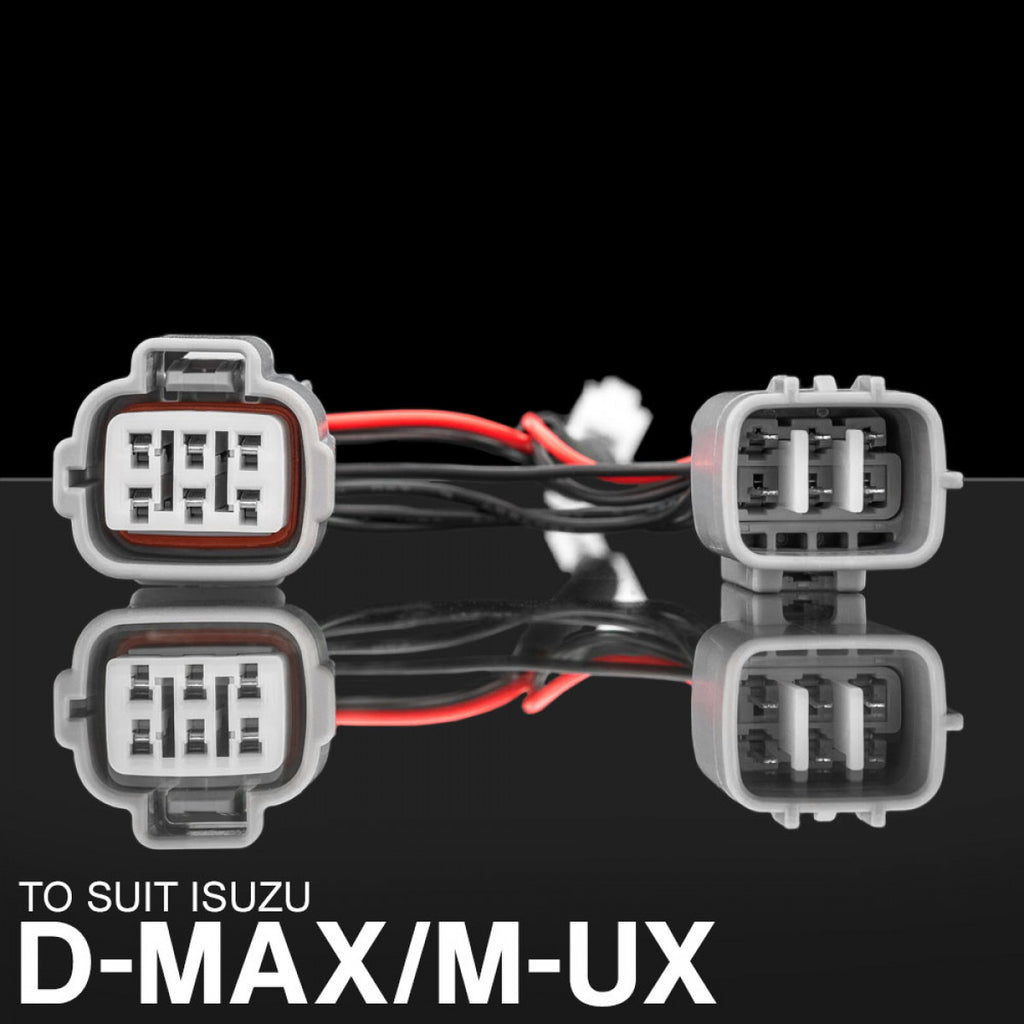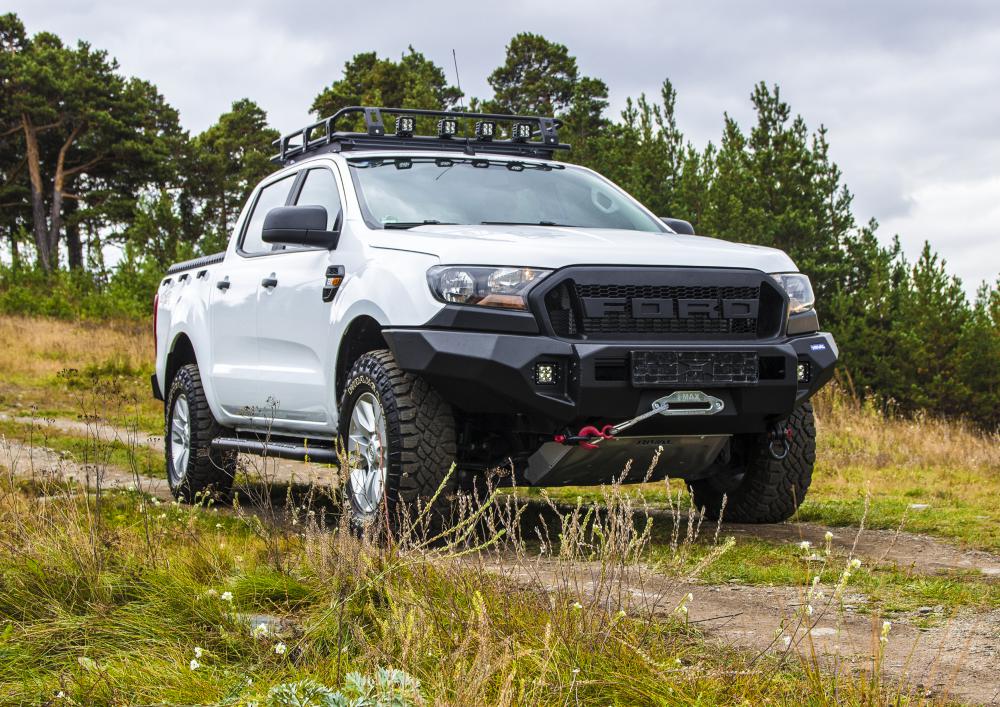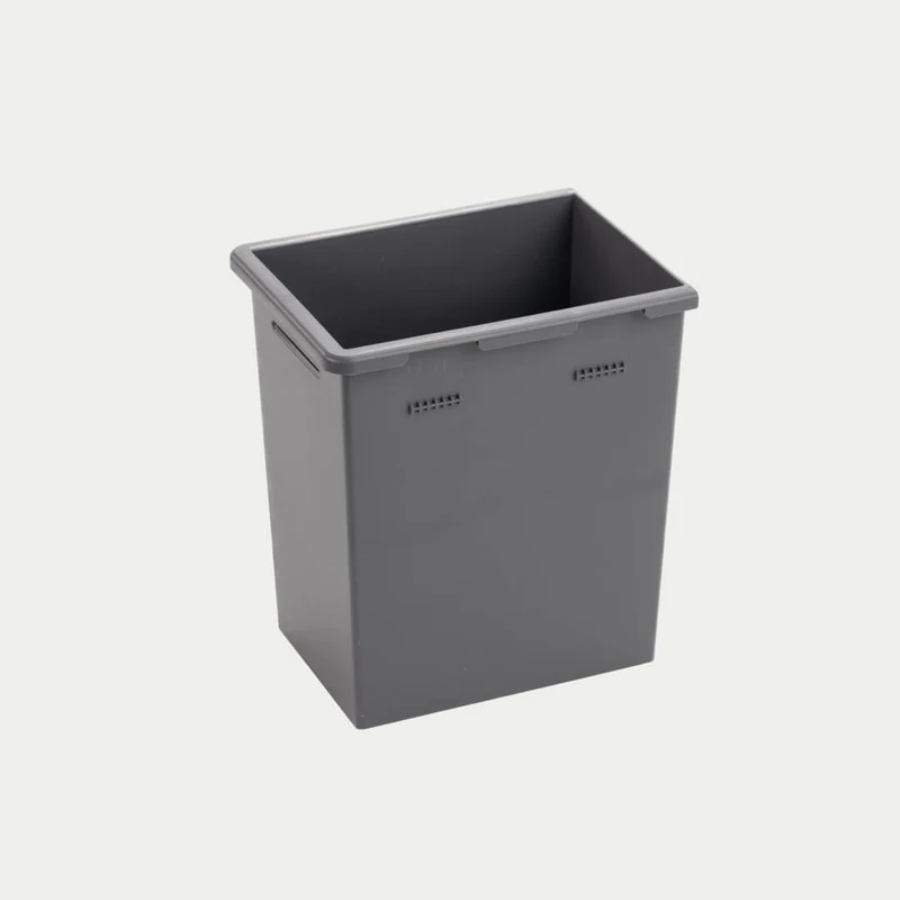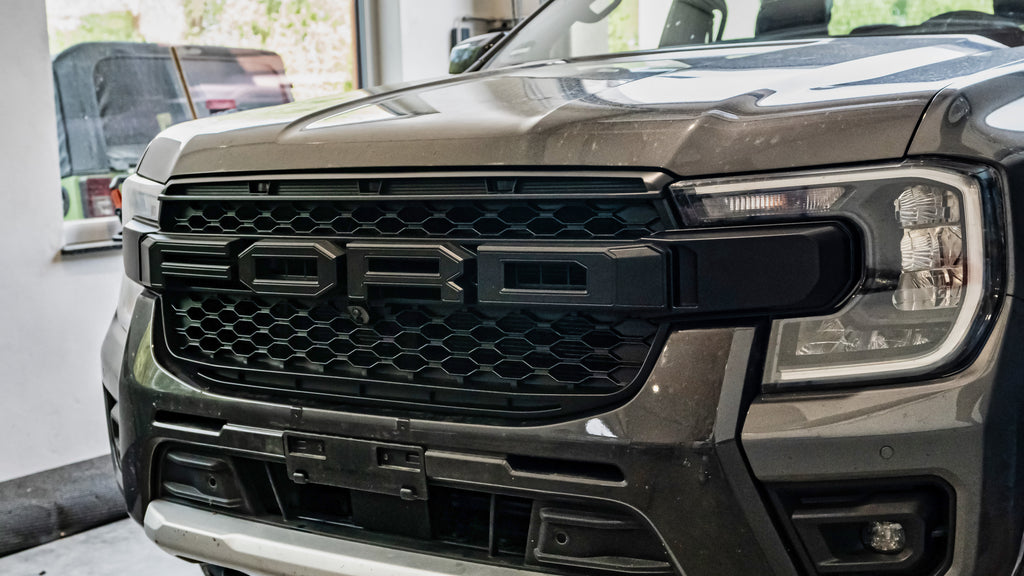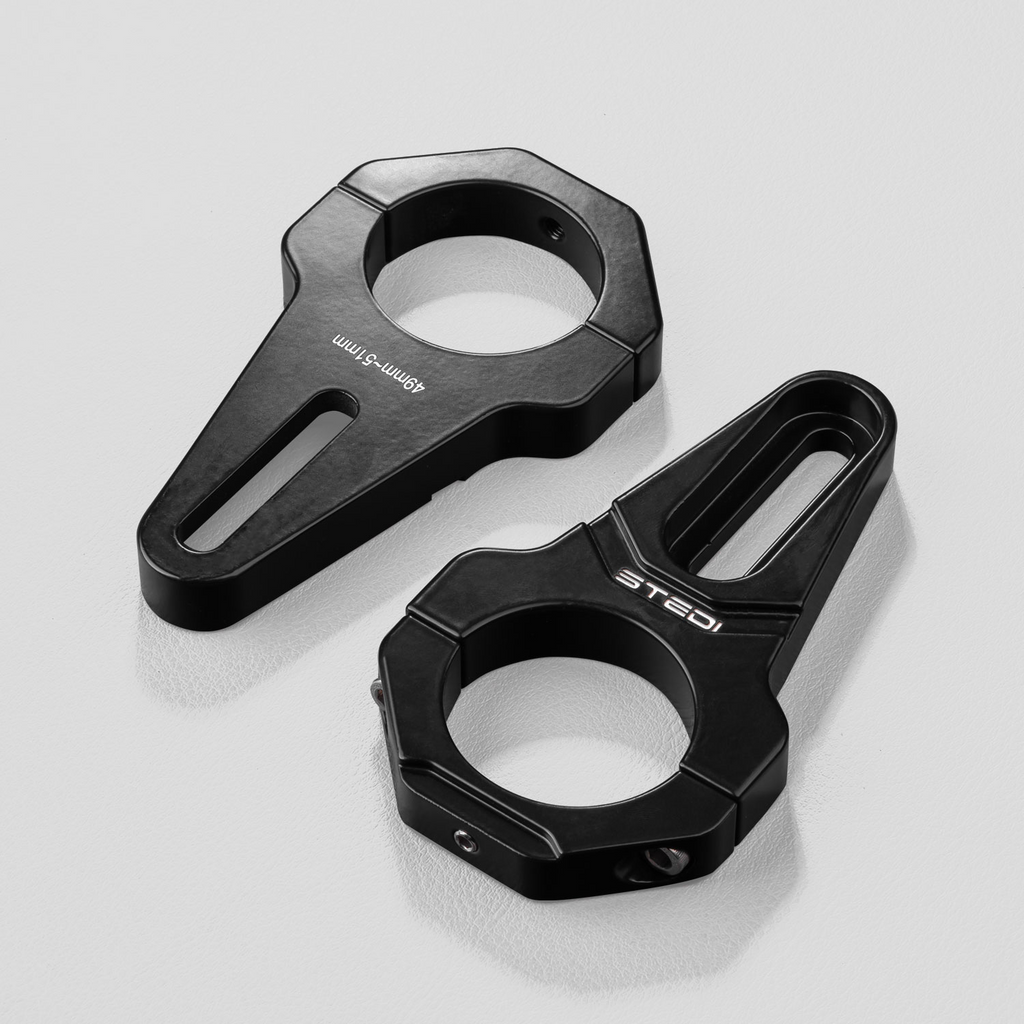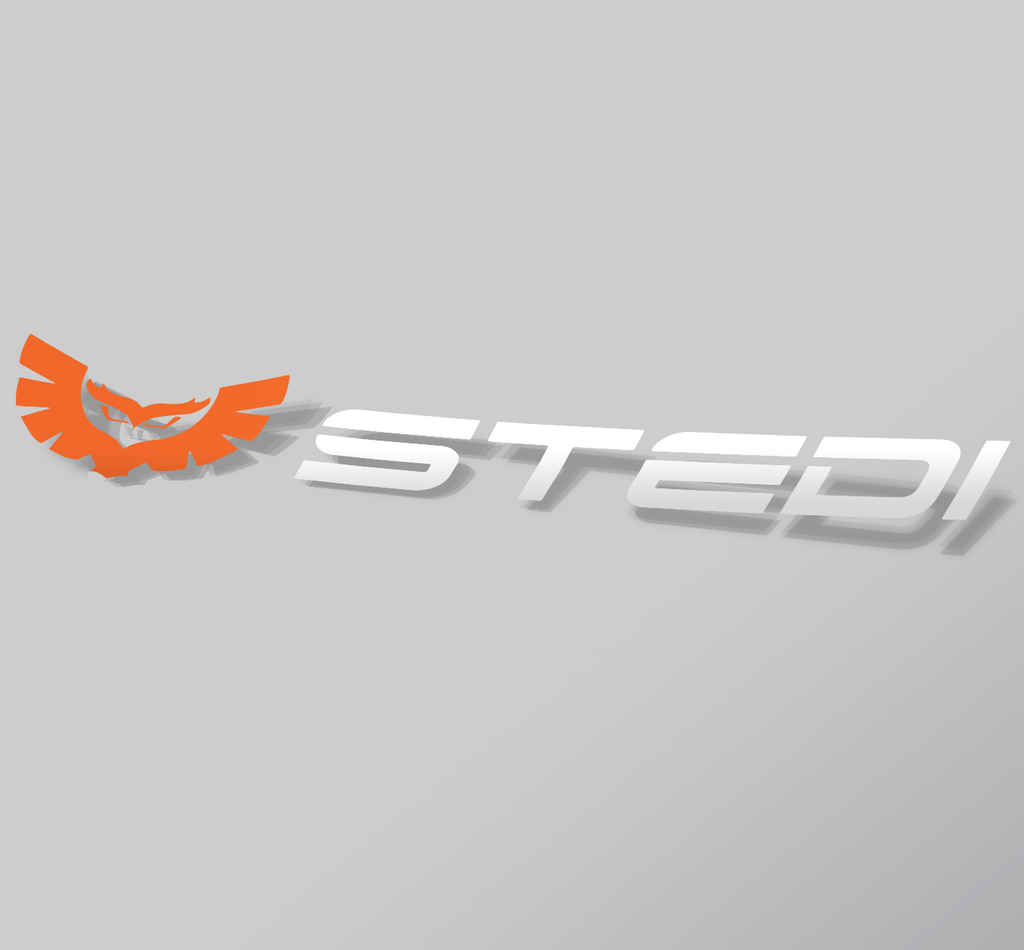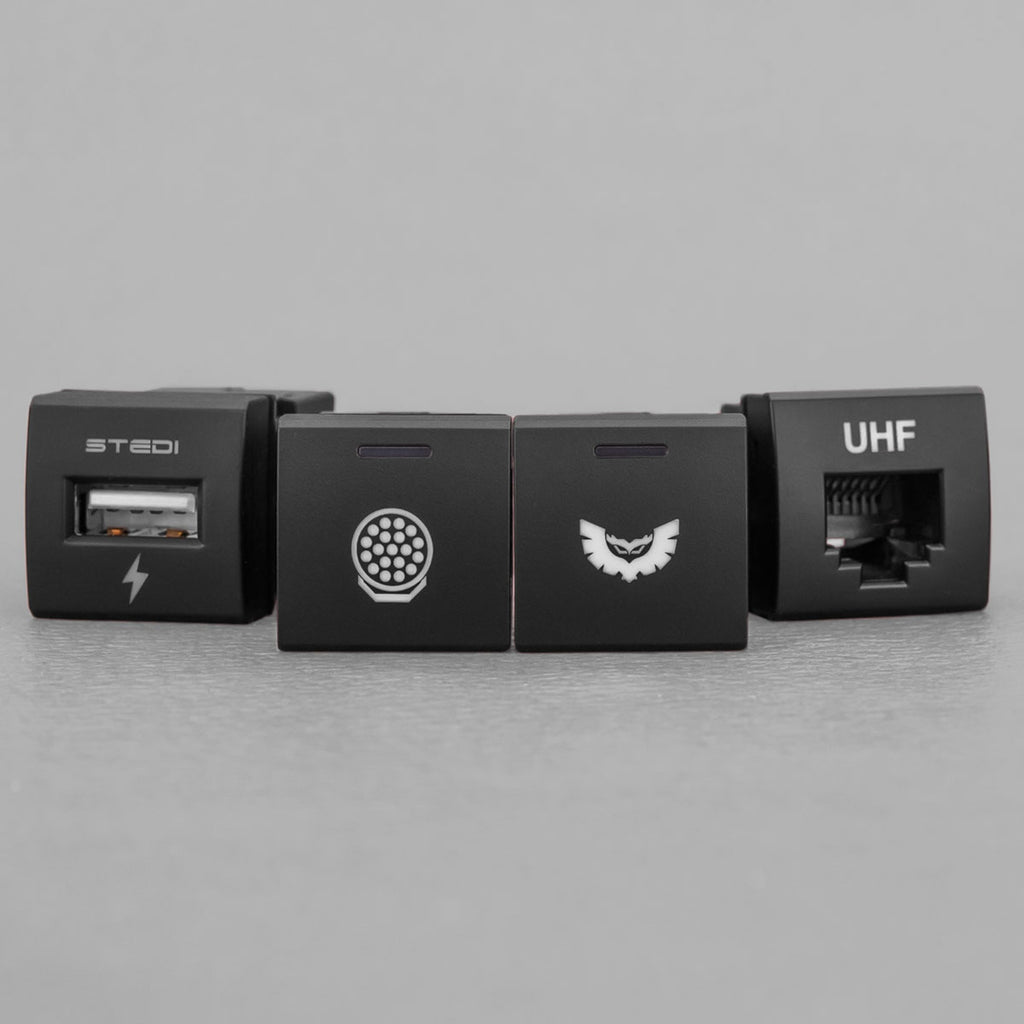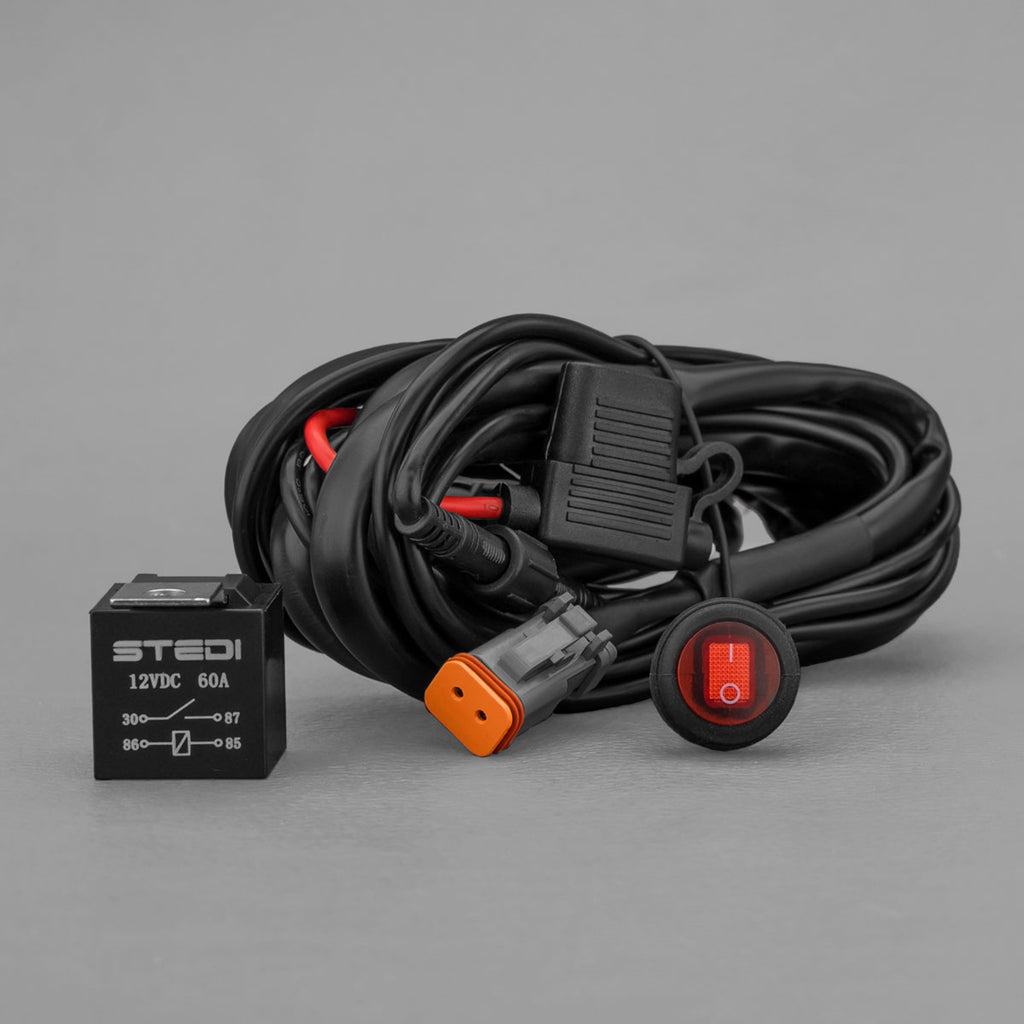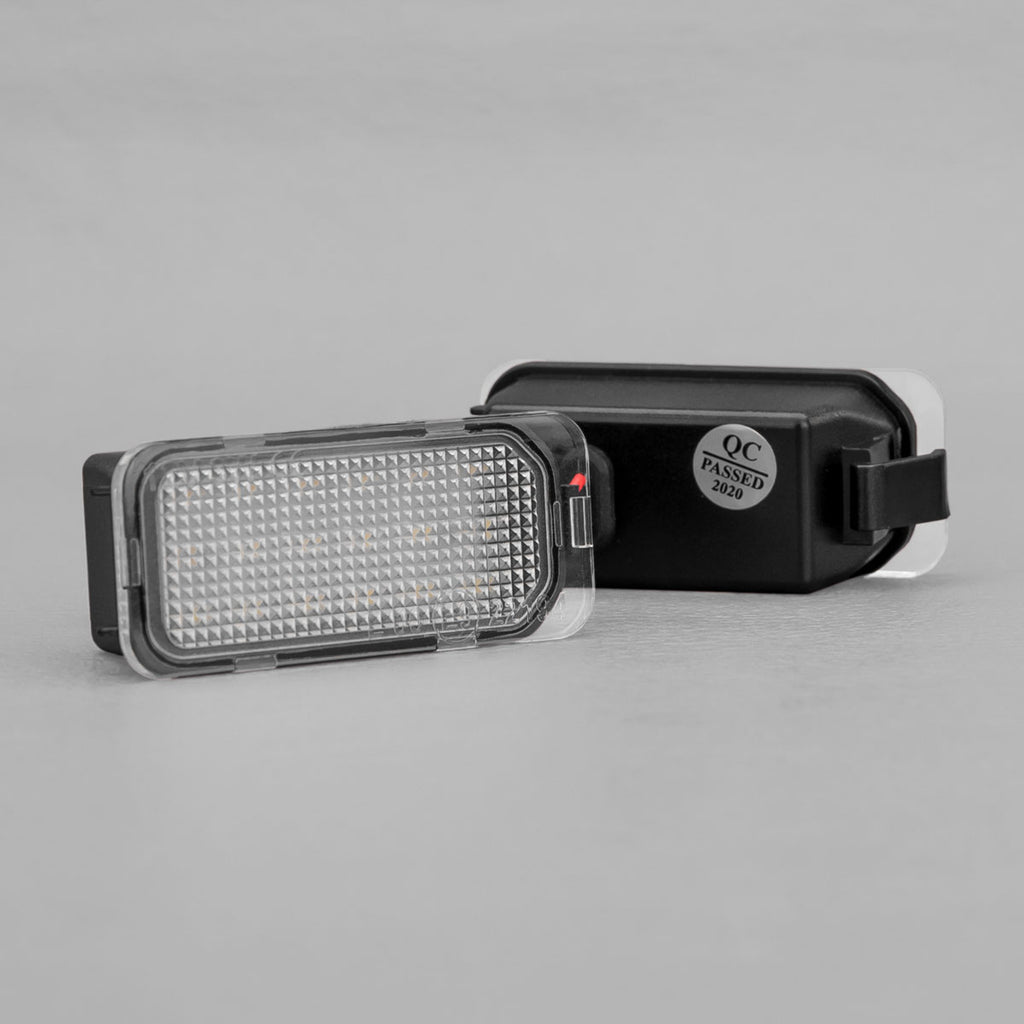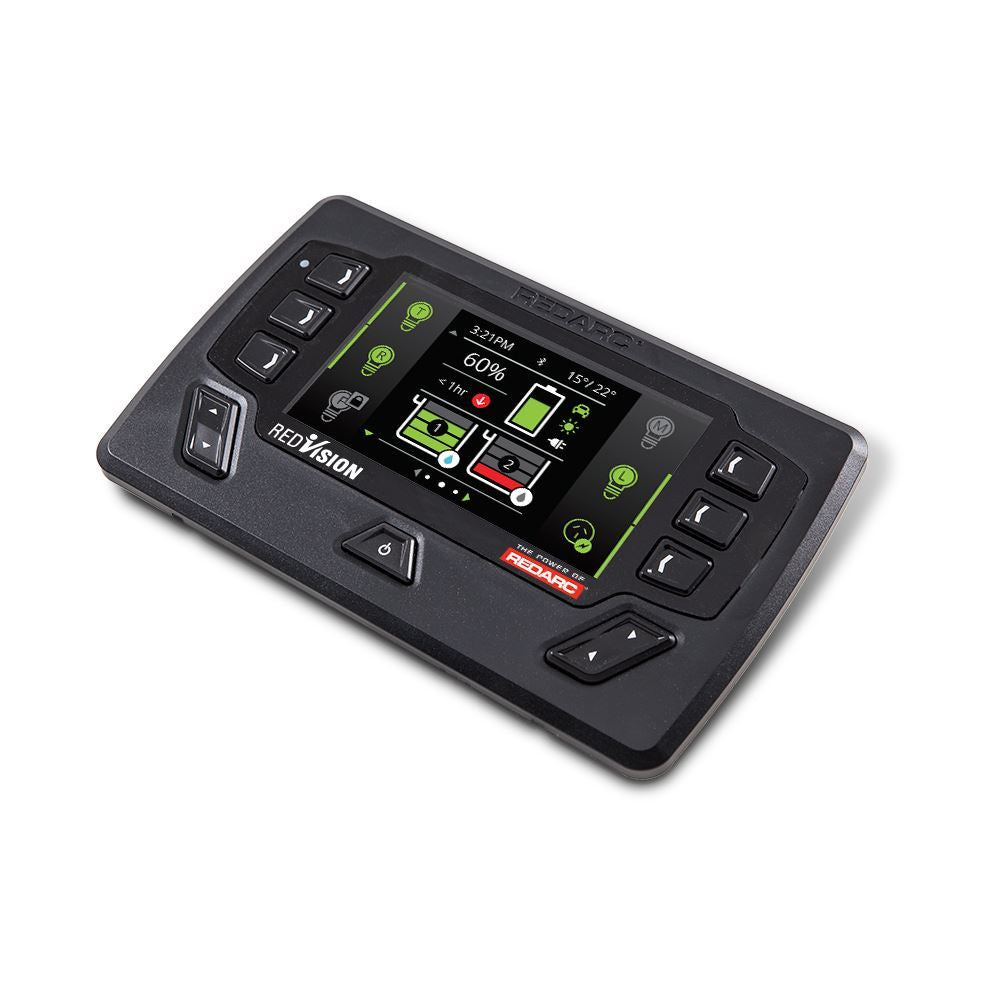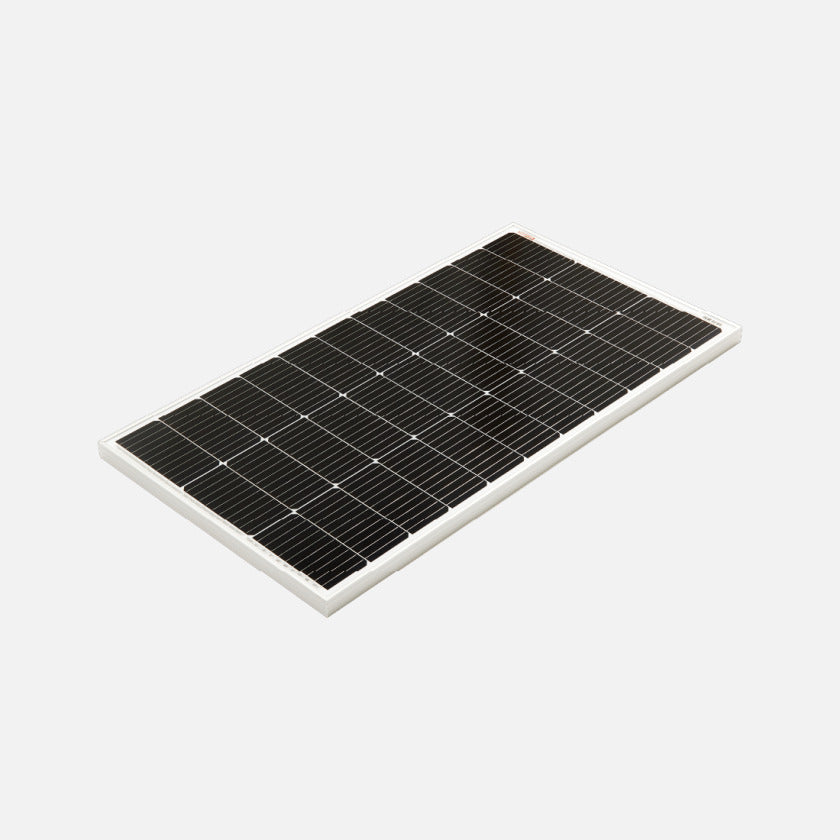THE RIGHT LIGHT FOR YOU
Shopping for the best LED light bar or high beam is similar to buying a car as different customers have different lifestyles and therefore different requirements. Each of our STEDI lights produces different beam shapes, so the lightbars really depend on the best spotlight for the respective application.
In our buying guide you'll find night shots that we've put a lot of time and effort into to make them as accurate as possible. The night shots are there to give you the best possible characterization of the overall beam shapes and brightness levels of the various lights in our range.
STEDI ST4K SERIES LIGHT BAR
The ST4K series LED light bars are our most popular series, which we often refer to as “all-rounders”. If you are looking for a driving light that meets the lighting needs in as many situations as possible, the ST4K is definitely our most versatile light. The ST4K's greatest strength is its relentless beam, as it is built on the same technology as our Type-X V1.0 headlights. Although the ST4K is known for its market leading beam distance, it still has a very useful flood beam. This is our first choice for customers looking for a one-light solution. Versatile mounting systems with double-sided and adjustable sliding brackets make this light bar very easy to fit a wide range of vehicle brands / bullbar combinations. 
Here you will find the link to our light bars -> CLICK <-
ANTI-THEFT KIT
For the ST4K LED Light Bars, we offer 2 options in terms of anti-theft kits, side mount or bottom sliding mount. Since the components differ between the 2 kits, you need to make sure how you will mount the light bar before purchasing the kit.
ST4K Black Out Cover

An addition to our ST4K series are the ST4K Black Out Covers. These are optional accessories available for all sizes except the 8-inch model. They can be used as an aesthetic element or when the total number of forward-facing driving lights exceeds 4. If the Light Bar is used in traffic, this can also be an optimal solution to use it legally.
STEDI ST3K SERIES LED LIGHT BAR
The ST3K series offers a powerful punch in a low-profile design. The identical beam geometry to the ST4K series provides excellent beam distance and a useful wide beam. It is designed for applications where space is at a premium or for customers who prefer a low-profile, low-profile look. Compared to the ST3301, the ST3K has a larger beam distance but lower overall brightness. The ST3K's floodlight beam, however, is not as effective as that of the ST3301.

Here you will find the link to our light bars -> CLICK <-
ST3K BLACK OUT COVER 
A new addition to our ST3K range are the STEDI Black Out Covers. These are optional accessories available for all sizes and can be used as aesthetics or when the total number of forward-facing driving lights exceeds 4 in total. If the light bar is used in traffic, this can also be an optimal solution to make it legal to use.
STEDI ST2K SERIES LED LIGHT BAR
Unlike all other light bars on the market, the STEDI ST2K series is designed for those who require excellent light distribution in the medium to wide range. It is important to note that the ST2K only becomes effective at 150 to 200 m and requires at least 100 m of clear visibility to form its beam. For this reason, we do not recommend the ST2K for dense bush and forest paths. Due to the unique rear-facing LED with covered reflectors, the ST2K produces very little light at close range, but an enormous range in the critical 10 o'clock and 2 o'clock range. Excellent for high speed applications or applications that ensure long braking distances. The ST2K and ST3K are often compared to the ST4K as they are almost opposites in terms of light distribution, but at the same time achieve the same thing in different ways.

Here you will find the link to our light bars -> CLICK <-
ST3303 SERIES LIGHT BAR
We believe there is no other 21.5-inch light bar on the market, at any price point or brand, that comes close to this level of performance. No other light bar on the market offers 32 x 10W CREE XM-L2 LEDs in a 21.5-inch package and still manages to send 16.4A of drive current to the emitters. The result is a truly astonishing volume of light that can only be described as a tsunami of light that reaches as far as the eye can see. This light bar is overkill in every sense of the word. If you are a light nerd like us and want to experience the pinnacle of LED auxiliary lights, then buy this light bar and you will be completely blown away. The 4 minute driving video characterizes the performance of this light bar very well, excellent beam throw, exceptionally wide beam of light. We compared this to running lights that cost well over $1000 and the STEDI ST3303 makes them look like they are daytime running lights. If you think this is a selling point, think again, we named this light bar "The Savage" for good reasons.

Here you will find the link to our light bars -> CLICK <-
ST3303 PRO SERIES LIGHT BAR
This is the most expensive light bar ever produced. The price is at the top, and so is the performance. You will have to spend more money to order high-end sunglasses or a welding mask so that you can safely use this bar while driving at night. If we're honest, no one needs a driving light with this level of performance. We only did it because the LED geeks on our team insisted that: "...it would be pretty damn cool." The type of person who buys a driving light like this has a very strong lighting fetish and thinks it's appropriate to put a Cummins 6.7L in a Daihatsu Charade. If you've ever had the privilege of experiencing the performance of our other bars in our range like the ST4K, you'd probably say "Why on earth would anyone need more light than this" - well, the ST3303 PRO is just that, more .

Here you will find the link to our light bars -> CLICK <-
ST3301 SERIES LIGHT BAR
The STEDI ST3301 series is designed to provide very strong mid-field illumination and excellent visibility on the roadsides in the near field thanks to the larger diameter of the light spot. Compared to bars like our ST4K & ST3K (which have a larger beam distance but slightly less overall brightness in comparison), our ST3301 forms a larger diameter light spot that fits homogeneously into the wide light cone. It is perfect for customers who are primarily concerned with wildlife wandering off the roadsides or for those who require a large amount of brightness and coverage in the near and midfield. If you have existing lights and are happy with the beam distance, the ST3303 is a great additional light to provide close and midfield illumination.

Here you will find the link to our light bars -> CLICK <-
LUMEN, LUX & WATT. WHAT DOES IT ALL MEAN?
LED strip lights and lumens
Lumens (lm) are a measure of the total visible amount of light in a light beam.
Lumens tell us how bright something is. Certainly the lumen count plays a role in determining the brightness of the light, but it should never be the only deciding factor when choosing which LED light bar to purchase. The reason we say this is because the ANSI standard for measuring lumens is in an integrated sphere, in other words, the lumen output is measured in close proximity to the light source.
Regarding driving lights, lumen output is not the best indicator of the performance of a particular LED light bar or driving light as we care more about the performance of our driving lights at 20-300m. For example, you could have two light bars next to each other that have the same lumen ratings but different reflector or lens configurations with very different light output at, say, 150m. In short, the light emitted (Lux) is the more appropriate rating. Two different light bars, both 10,000 lumens, can have very different lux values at 100m. We have seen the lux measurement of similar strip lights vary by 50% or more at 10m, even though on paper they have the same lumen output. If we remove all optics or reflectors from a given light bar, the number of lumens delivered will not change (in fact, it will probably increase), but needless to say the beam output will be drastically affected.
Aside from the fact that most lumen numbers we encounter are completely fictitious, there are many other important metrics that should be taken into account.
MORE WATTS = MORE LIGHT, RIGHT? WRONG .
Have you ever wondered why the cheapest LED light bars have the highest "wattages" and the premium devices from the most reputable manufacturers have far less in comparison?
In short, watt is a measure of the amount of energy used by a particular light. Thanks to older light bulbs, people are used to looking at wattage to determine light output. With this older technology, it is correct to assume that a 100 watt bulb is likely to be brighter compared to a 60 watt bulb. However, the same logic cannot be applied to LED headlights or LEDs in general. When it comes to LED, it's okay to think about watts as a measure of input power, but it's never okay to think about watts as a measure of output power. There is no relationship between watts and lumens and no relationship between watts and lux when it comes to LED spotlights or LED light bars once the LED is placed in a circuit.
Two different LED light bars with different LED emitters may use the same number of watts but differ greatly in lumen output (aka efficiency). For example, a 3W LED may have an efficiency of 128Lm/W while another only has 65Lm/W. Therefore, making the decision about which LED light bar or high beam to buy based on watts is very misleading.
The real existence of LED is low power consumption, high performance. Large power consumption and large wattage contradict the existence of LEDs. All the high-end LEDs released by the top manufacturers use less and less power/watt but produce even more lumens. In 2006, CREE's best LED produced 131 lumens per watt (LPW) - in 2014, its best emitter produced 303 LPW.
LIGHT BARS & LUX - A very important measurement, but not everything.
Lux is defined as the measure of light intensity as perceived by the human eye. It is the measure of light at a specific distance on a surface. Light bar manufacturers have ditched lumens in favor of lux (Lx), making it the latest buzzword in the driving light arena in 2016. Lux distance readings are definitely an important metric, but they are misleading when viewed in isolation. A laser pointer could theoretically have a peak beam distance of 5km at 1 lux, but I think we can all agree that a pair of laser pointers would make a terrible driving light.
When auxiliary headlight manufacturers perform photometric testing to obtain ISOLUX data, the goniophotometer used to test this metric only measures the peak intensity in the center of the entire beam, which is great, but what about the rest of the beam ? If 5 different driving lights all have 1 lux at 500m, which one do you buy? To achieve remarkable ISOLUX values, one simply has to focus the light beam downwards, but focusing the light beam comes at the expense of light coverage. The very best driving lights are those that strike the best possible balance between brightness (Lm) and light distribution (Lx). Some of the best of the best high beam manufacturers refuse to provide lux throw numbers on their flagship products because, taken in isolation, these are misleading, especially when customers compare lux data between different manufacturers. The best high beam is not necessarily the one that achieves the greatest lighting distance. In our view, the best high beam headlight is the one that has a well-formed, usable overall beam shape and, most importantly, the one that is best suited to the customer's application. The geographical location of the customer even plays an important role.
We hope you were able to shed some light into the darkness with our GUIDE!
Your GermanPickupCustoms.com team



